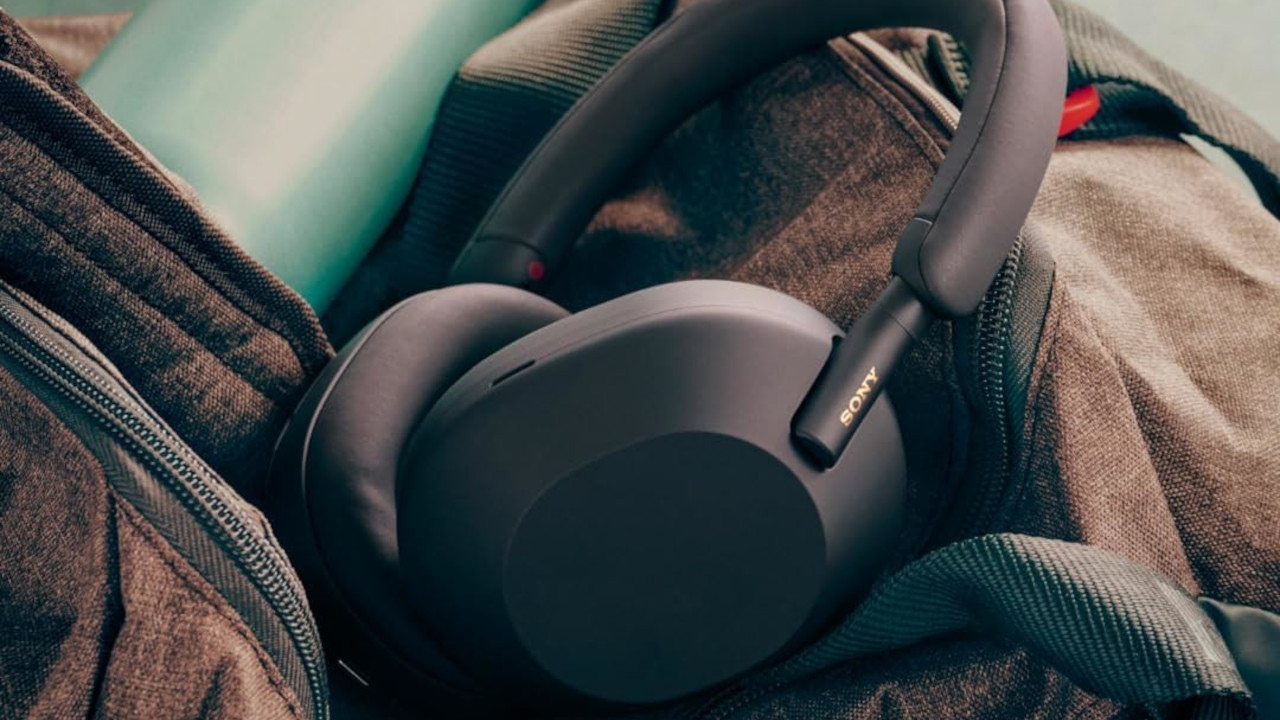Listening to music in headphones is an inarguably intimate thing. That music is just for you, delivered directly to your earholes – and serves to fully separate you from the bustle and rigours of everyday life. So why shouldn’t it sound transcendentally good?
We’ve all battled through listening to music with terrible headphones or earbuds before. Tinny treble, crunchy mids and a harrowing lack of low end used to typify the budget in- or over-ear experience, but today’s earbuds often go hard in the opposite direction, at the expense of fidelity, dynamics and dimensionality.
If you’re listening to My Bloody Valentine's Loveless, you deserve to be thoroughly ensconced in it – not pummelled by a pair of flubby boxing gloves containing it.
To this end, I’ve endeavoured to gather together a broad slice of the best headphones for music on the market today. Many headphones and in-ears are multi-function devices, designed not just to deliver music but to field your calls, control your phone and even just block out the outside world for a while.
Some of the products in my list have these convenient features, but some don’t; all, though, are commendable for their approach to providing you with excellent sound.
Read on to find out what I think the best headphones for music are, and potentially to find your next favourite pair; if you’d like a little more context as to what makes a good pair of headphones for music, hit up my buyer’s advice section for some additional info.
Quick list
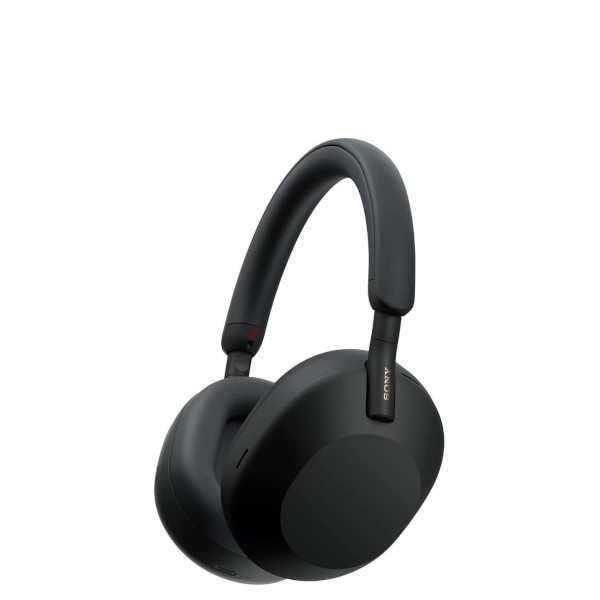
I've long been a fan of Sony's excellent WH-1000XM4 over-ear headphones, but the audio giant's latest model the Sony WH-1000XM5 are a cut above. Sure, they don't fold like the older model, but that's a small criticism for these awesome-sounding noise cancelling headphones. They also have a 30hr battery life.
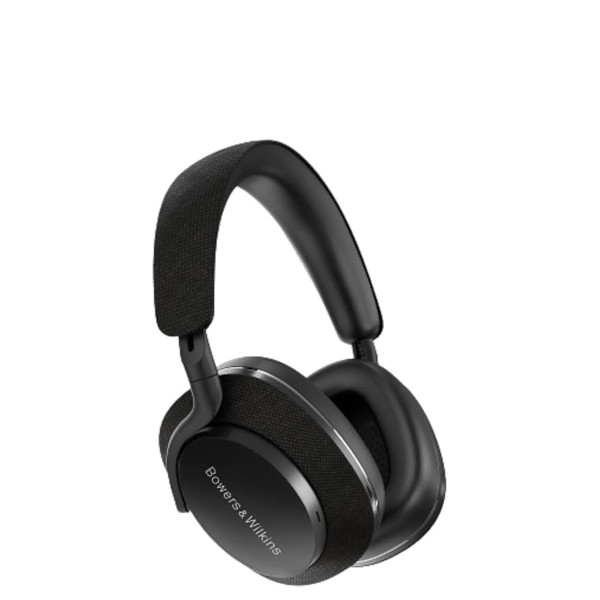
The Bowers & Wilkins PX7 S2 have replaced the PX7 headphones in B&W's lineup - and they're another solid choice if you're looking for a quality set of headphones. They deliver beautifully balanced sound and have a battery life of 30 hours. They also look and feel premium, giving them an edge over others in the list.

While my top choice in this list of the best headphones for music are Sonys latest over-ears, I can't ignore the Sony WF-1000XM5 in-ear headphones. They not only boast fabulous audio, but the on-board noise cancelling is simply sublime. Sound is rich and detailed while further tweaking can be done through the Sony headphones app.
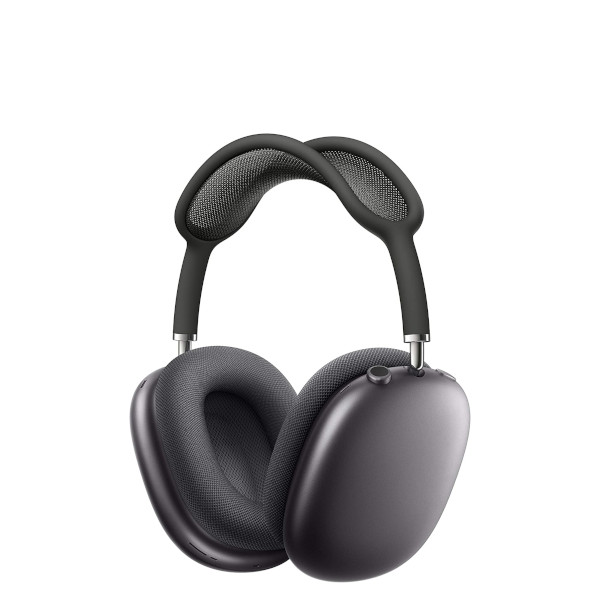
I was just getting used to Apple's all-conquering AirPods when the Cupertino giant rocked the boat by going all in with a classy set of over-ear headphones. Design, as you'd expect, is top drawer, and while a bit heavy, the AirPods Max truly shine when paired with an Apple Music subscription. Noise cancelling is top drawer and some of the best out there.
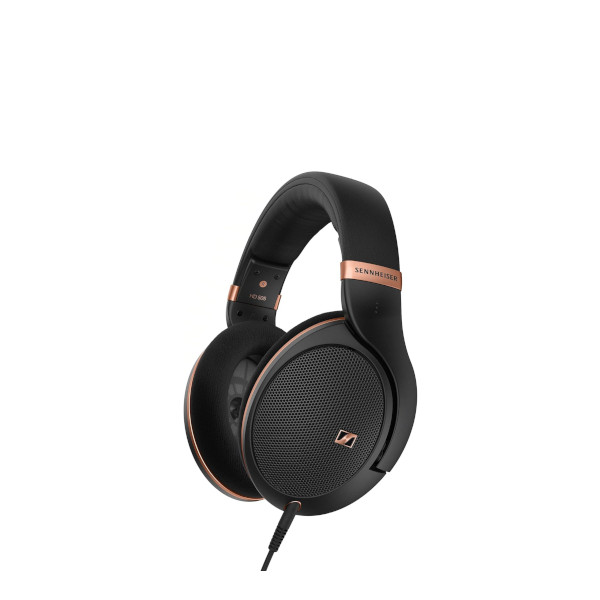
Sennheiser’s HD 505 headphones are affordable open-back beauties, and among the most comfortable headphones for music today. Thank those plush velour pads and lightweight earcups! They sound even better than they feel, too, with improved drivers and an impressive dimensionality.
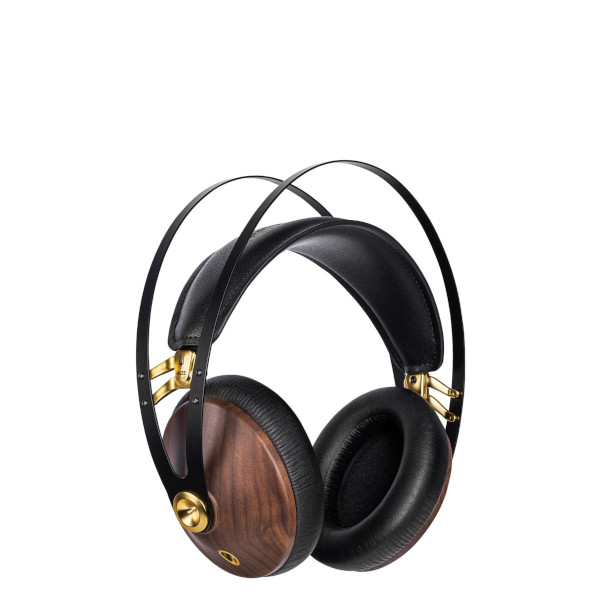
The Meze Audio 99 Classics are classy to the core. These walnut-ear-cupped over-ears lend a deftness to the sounds they transmit, a delicate touch that puts practically everything you listen to in the best possible light. These are the headphones you leave in permanent place next to your hi-fi – lava lamp optional.
Load the next 3 products...
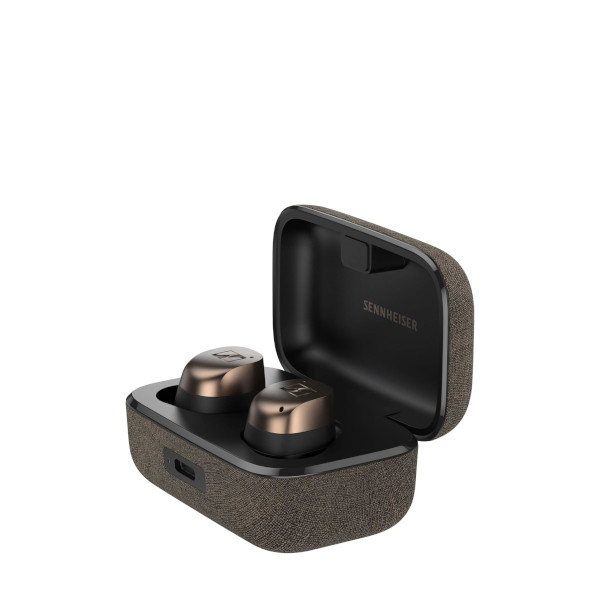
Sennheiser’s wireless headphone offerings are solid through and through, but the Momentum True Wireless 4 might be the best of the bunch. Hi-res wireless audio and quality transducers couple up with a tiny form factor to make some beautifully bassy pocket-friendly in-ears – with some decent battery life too.
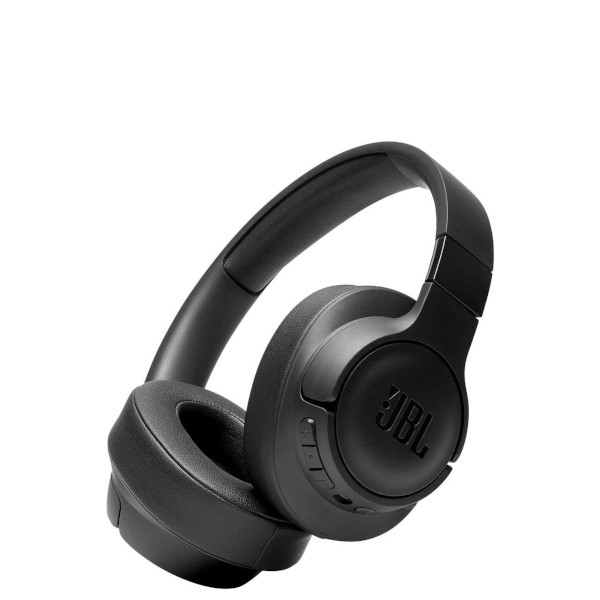
JBL have been putting out some great audio equipment over recent years - their speakers are well worth a look and so are their headphones. My pick of the bunch are the JBL Tune 750BTNC. I found these deliver impressive noise cancelling for a great price, while music is clear and precise. Bass might be slightly heady-handed, but for the price, you can't go wrong.
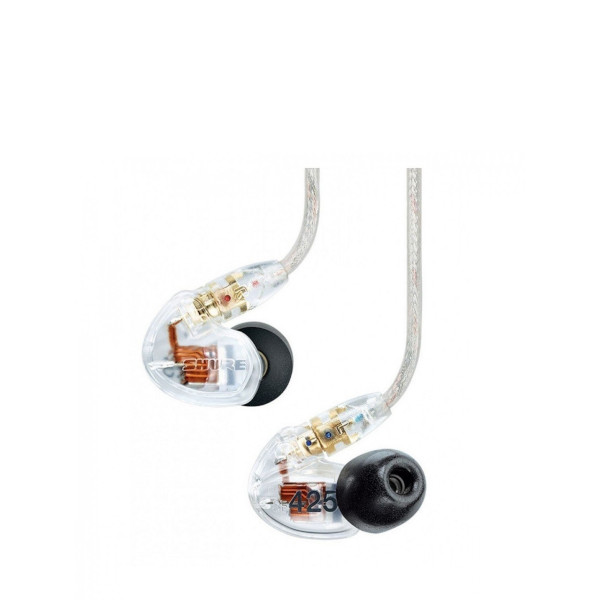
They might be further down my list, but don't discount the ultra reliable Shire SE425 earphones. These are available for a great price and are built to withstand repeatedly being chucked into your backpack for every journey you make. Don't expect any bells or whistles here - they're pretty light on features, but what you do get is a great set of in-ears.
Louder's top choice
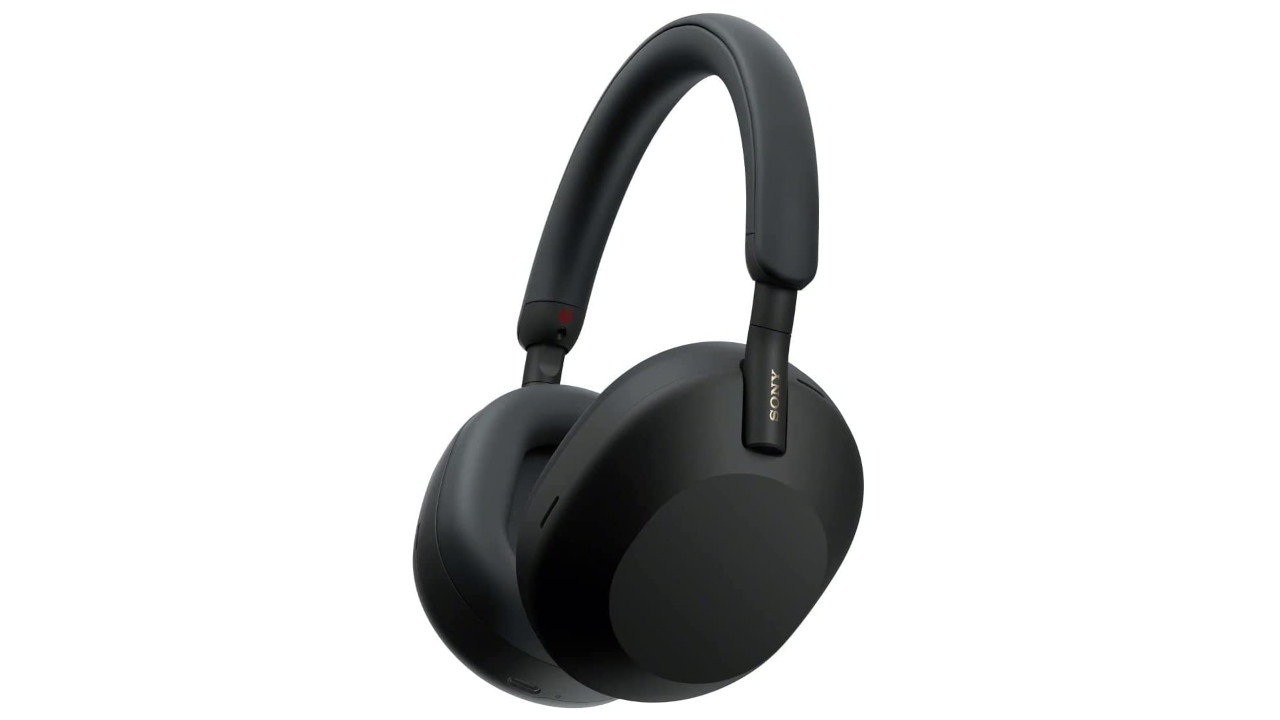
✅ Buy if you want awesome noise cancelling: The latest in Sony's headphone range offer amazing noise cancelling - and deliver a brilliant audio experience.
❌ Avoid if you want foldable headphones: The WH-1000XM5 might perform beautifully, but they don't fold away. Check out the 1000XM4 if that's what you need.
Audio rating: ★★★★★
Comfort rating: ★★★★½
Battery rating: ★★★★★
Overall: ★★★★★
Sony’s latest entry into the over-ear headphones market are the awesome WH-1000XM5 and are my top pick in this guide to the best headphones for music. I reckon the new V1 integrated processor has lifted the quality of noise cancelling above even the Sony WH-1000XM4, which already offered brilliant noise cancelling. And when it comes to audio delivery, the Sony WH-1000XM5 are hard to beat.
Music is crisp and clear and can be tweaked on the fly through Sony’s Headphones Connect app to suit whatever you're listening to – and from here you can also update the firmware. Like previous models, the Sony WH-1000XM5 feature Adaptive Sound Control which adjusts audio levels based on places you visit regularly, which is a nice touch.
When it comes to battery life, a full charge will give you 30-hours of music, while a quick 3-minute charge will pump out an impressive three hours of sounds - which is perfect if you’re running late and forgot to charge the headphones overnight or over breakfast.
The only gripe here is a personal one - and that’s the fact the Sony WH-1000XM5 don’t fold like the Sony WH-1000XM4, so the backpack-style case (while pretty cool looking) is going to take up more space in your bag. It's a minor niggle, but one worth pointing out.

"Offering supreme sound quality, a terrific set of features and plentiful battery life, Sony’s stylish over-ear headphones are the best set of headphones you can buy at this price."
Read more: Sony WH-1000XM5 review
Best premium
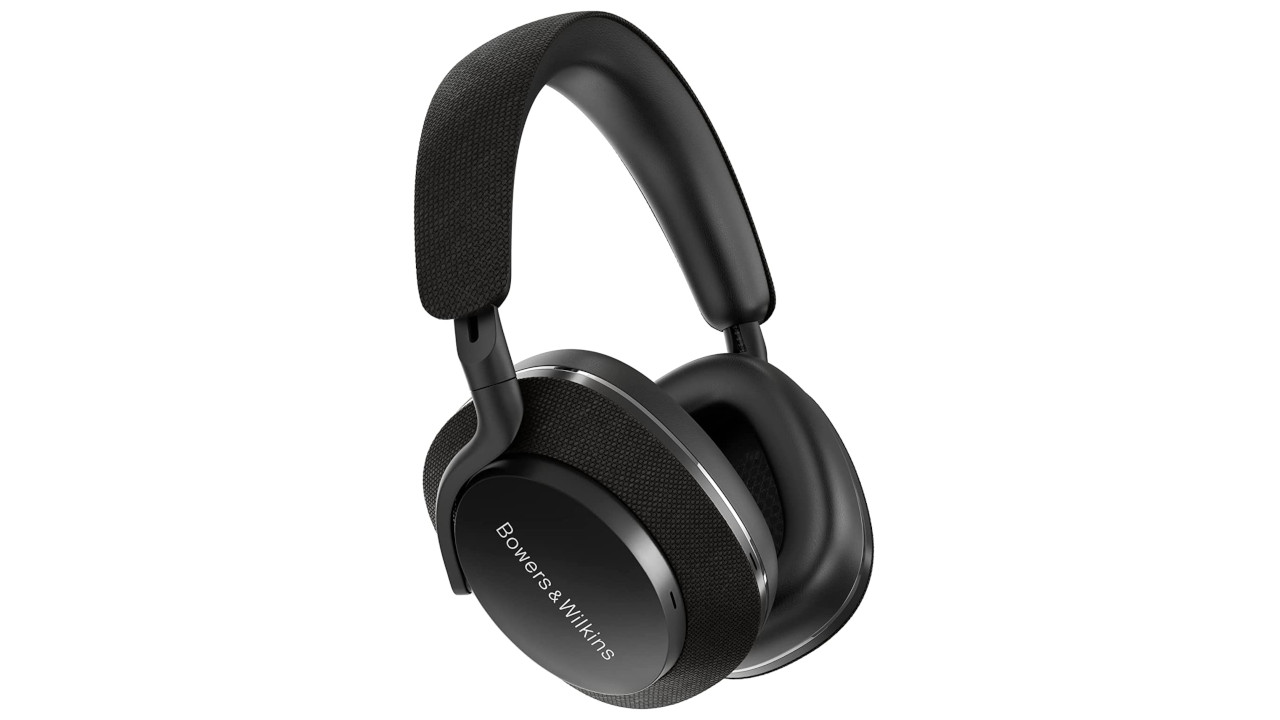
✅ Buy if you want a pair of premium cans: These just missed out on the top spot but if you're after top audio delivery and sleek design, look no further.
❌ Avoid if you want something for long listening: We found these B&W got a wee bit uncomfortable during lengthy listening sessions.
Audio rating: ★★★★½
Comfort rating: ★★★★
Battery rating: ★★★★½
Overall: ★★★★½
For a long time, the Bowers & Wilkins PX7 headphones were, in my opinion, the go-to choice from the British audio specialists. But things never stay the same for long, and with the PX7 S2, I think these headphones are the perfect middle ground between the old model and the shiny, but expensive, PX8 B&W headphones.
Audio, as you’d expect from Bowers & Wilkins is beautifully balanced - not too heavy on bass or treble. Of course, if you want a bit of a push one way or the other, then the neat Bowers & Wilkins Music App will allow you to properly dig into your audio preferences. And with angled 40mm drive units in each ear, you can certainly do just that.
The PX7 S2 have a premium feel and are fairly comfortable to wear for expended periods thanks to their memory foam pads, while the noise cancelling on offer is on point and up there with the best around. Highly recommended.

"With a classy design, clear sound and competitive noise cancelling, these Bowers & Wilkins over-ears are a superb all-round choice. A couple of things could be better, but they‘re only minor gripes."
Read more: Bowers & Wilkins PX7 S2 review
Best in-ear headphones
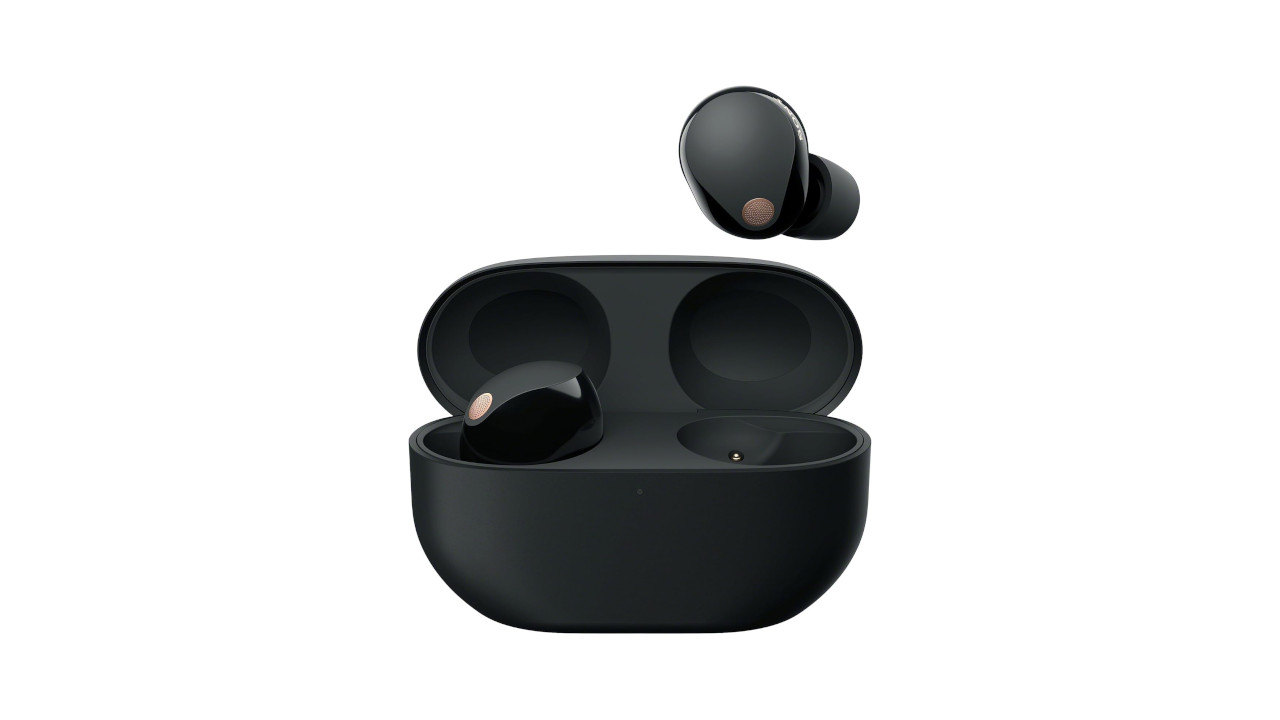
✅ Buy if you want awesome-sounding earbuds: The Sony WF-1000XM5 are the latest in Sony's in-ear range and they offer top-of-the-range performance all-round.
❌ Avoid if you want Sonys for less: If the price is still a bit steep, don't forget about the slightly older Sony WF-1000XM4. They are still an amazing pair of in-ear headphones - and they offer great bang for your buck.
Audio rating: ★★★★★
Comfort rating: ★★★★½
Battery rating: ★★★★★
Overall: ★★★★★
The first pair of in-ear headphones in my list are the excellent Sony WF-1000XM5.
I bought a pair of the older XM4s back in 2021 and they were my go-to travelling earbuds for a long time. However, they've been superseded by Sony's latest in-ears, which offer superbly detailed audio coupled with exceptional noise cancelling
They deliver clear, balanced sound - which can be adjusted using Sony’s dedicated audio app - and they somehow manage to bring details I’ve missed in in past listenings with other headphones to life. That's quite something when you consider I've been listening to some of these tracks for 30-plus years!
The Sony WF-1000XM5 offer eight-hours of playback with a further 16 when using the charging case - giving you a full 24-hours of fun.
The only minor grumble I have is they’re not the most comfortable things to wear for long listening sessions, so for a long haul flight, there are better fits available.

"The latest addition to Sony’s 1000X range and the follow-up to their acclaimed WF-1000XM4 earbuds see the brand’s headphones range remain heads and shoulders above almost all of their competitors."
Read more: Sony 1000XM5 review
Best noise cancelling

✅ Buy if you want one of the best overall headphones around: Let's not beat around the bush - the Apple AirPods Max are quality top to bottom with superb noise cancelling.
❌ Avoid if you don't want to splash the cash: There's no denying how good the Apple AirPods Max are, but there are cheaper options available which still perform brilliantly.
Audio rating: ★★★★★
Comfort rating: ★★★★★
Battery rating: ★★★★½
Overall: ★★★★★
While Apple’s entry into the headphone market was an immediate success thanks to the Apple AirPods and Apple AirPods Pro, many music fans were slightly disappointed that the only choice was an in-ear option rather than something larger.
This was addressed with the launch of the Apple AirPods Max – an on-ear set of wireless headphones which, let’s face it, look the business thanks to Apple’s impeccable design. Thankfully, they also sound fantastic – and so they should with the hefty price tag they carry.
The Apple AirPods Max also have some of the best Active Noise Cancellation around and it really lets the music shine through – especially when paired with Apple Music and its lossless/spacial audio features. And rather than going completely touch-free, Apple have included a digital crown similar to that found on the Apple Watch. This controls volume, playback, pause and skip functions.
Built quality is fantastic although with so much metal on the outer shell, they’re not the lightest headphones in the world. That said, they are comfortable to wear for long stretches thanks to the mesh headband support and soft ear cups – which can be replaced.
It should be noted, however, that while you’re paying a premium for the Apple AirPods Max, you won’t get a wall charger included – although when revved up with a lightning connector, you will get 20-hours of playback.
The Apple AirPods Max also come in a choice of five colours: Space Gray, Silver, Blue, Green and Pink – and we think all the variations look superb, although the Silver and Blue options are my favourites.

"Sleek, strong and stuffed with features – not least excellent sound quality and active noise cancelling – the Apple AirPods Max represent a triumphant first stab at the over-ear headphone market for Apple. If only they looked a bit more rock'n'roll."
Read more: Apple Airpods Max review
Best for comfort
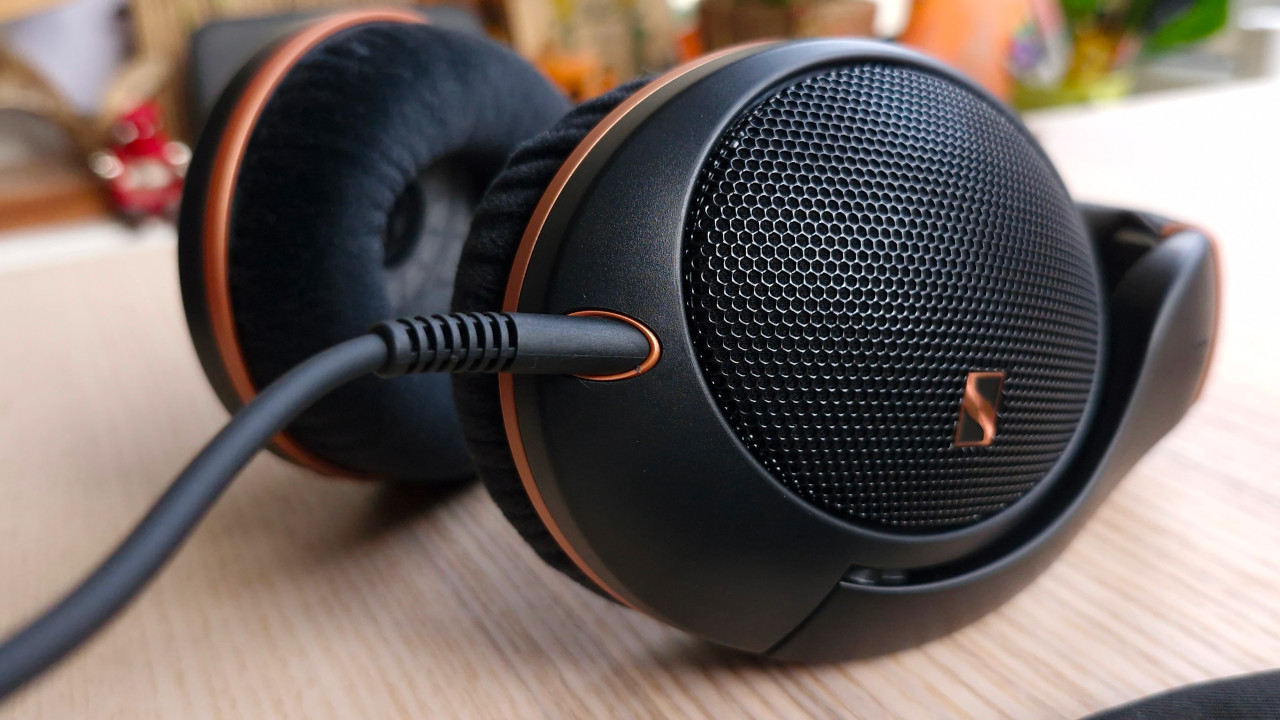
✅ Buy if you want to feel engrossed in your record collection: The HD 505 has an incredible soundstage, and enough beef to bury you in the middle of it.
❌ Avoid if you want commuter-friendly headphones: Not only is there no noise cancelling to speak of, but your music will be blasted outwards as well as inwards thanks to the HD 505’s open-back architecture.
Audio rating: ★★★★
Comfort rating: ★★★★★
Battery rating: N/A
Overall: ★★★★
The Sennheiser HD 505 is a serious set of headphones for music, at a seriously accessible price for the quality of sound on offer. The headphones are part of the vanguard for a new era in Sennheiser headphones, and in and of themselves, a compelling on-ramp to audiophile listening.
There’s some familiar Sennheiser stuff going on here, but with some improved approaches – including better drivers and a dedicated approach to making these the most comfortable headphones you’ll ever set your eyes on (or, more accurately, set on your ears).
The open-back design and smart new drivers together make for an expansive, engrossing listening experience. There’s dimensionality in spades, and tactility too.
The higher 120-ohm input impedance is a blessing too, sacrificing a tiny bit of oomph for better responsiveness and fidelity. You won’t make any friends using these on the bus (and the travel bag it comes with isn’t the most reassuring), but you can’t do much better for at-home listening at this price.

"The Sennheiser HD 505 are a breath of fresh air in the headphone market, bringing a tactile soundstage, a broad and lively frequency response, and unparalleled wearing comfort to an impressively low price point. They give a little too much preferential treatment to top-end in places, but otherwise present an ideal on-ramp to better listening."
Read more: Sennheiser HD 505 review
Best for home use

✅ Buy if you want a detailed listening experience: Being closed-back, these headphones do a decent job of shutting out the noise – leaving you with some pleasantly-detailed dynamic drivers to catch everything with.
❌ Avoid if you want a set of wireless headphones: The Meze 99 Classics are wired, passive headphones, with no option for Bluetooth or for a built-in microphone.
Audio rating: ★★★★★
Comfort rating: ★★★★★
Battery rating: N/A
Overall: ★★★★★
This classy little pair of over-ears has class in spades – and in the name, too. Meze Audio headphones are highly-regarded and explicitly-designed headphones for music, that combine solid build with solid aesthetics to bring you quality audiophile fare at a respectable price.
The Meze 99 Classics are on the more affordable side of the Meze headphones price spectrum, but still excellent in their approach to sound and fit.
The 99 Classics’ walnut ear cups are enough of a draw by themselves, especially set against the gold-hued metal hardware affixing them to the headband. Looks aren’t everything though, and certainly aren’t the only things going for these closed-back cans.
The 99 Classics sound delicate and balanced, with a decently wide soundstage despite their closed-back nature. They are the refined choice of headphone for detailed listening, even if your tastes aren’t conventionally ‘refined’; in short, Mogwai never sounded better.
There’s no wireless or communicative bells and whistles, but that shouldn’t get between you and a good time with your loudest records.

"Looking far more premium than their price tag might suggest, the Meze 99 Classics can be consider brilliant value for money. Their wired design may rule them out for some, but when used with a portable Digital Audio Player, headphone amp or smartphone with 3.5mm minijack, they're a knockout. Dynamic, articulate and musical, these Meze headphones tick all the right boxes."
Read more: Meze Audio 99 Classics review
Best for heavy bass
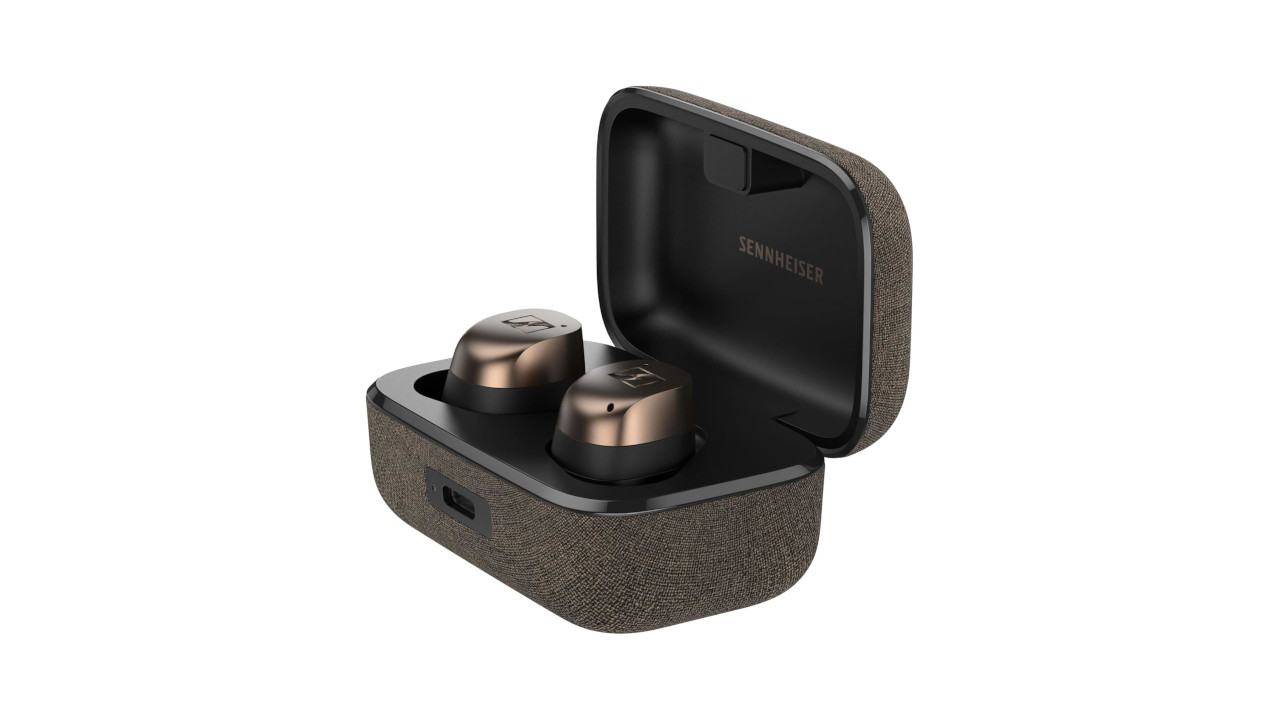
✅ Buy if you want deep, rich bass: These in-ears are ideal candidates for bass-heavy earbuds, and outclass the indistinct boom-ish-ness of cheaper fare.
❌ Avoid if you want peerless fidelity: These are highly capable, bass-rich devices – but the favouring of bass might not be something you want all the time.
Audio rating: ★★★★
Comfort rating: ★★★★½
Battery rating: ★★★★
Overall: ★★★★
If you’re looking for something light in weight but heavy in ‘weight’ (read: will rattle your skull to smithereens in the first 10 seconds of Ween’s The Grobe), look no further than Sennheiser’s Momentum True Wireless 4 earbuds.
The Momentum series is a solid range of accessible wireless audio technology and this fourth-iteration set of in-ears continues in the excellent reputation of those which came before – with some serious improvements, too.
Between Sennheiser’s proprietary TrueResponse transducer system and the lossless-capable Bluetooth receiver, you won’t be missing a trick in anything you’re hearing – and improved adaptive noise-cancelling tech makes the latest Momentums far better at blotting out your surroundings than their predecessors.
The construction of the earbuds is such that low end gets a compelling boost, and not just in the subby way that inferior ‘buds are designed to do, either.
In all, the Momentum 4 True Wireless earbuds are great-value, deep and dense-sounding, and contemporarily-featured in-ears well worth your time.
Best budget option
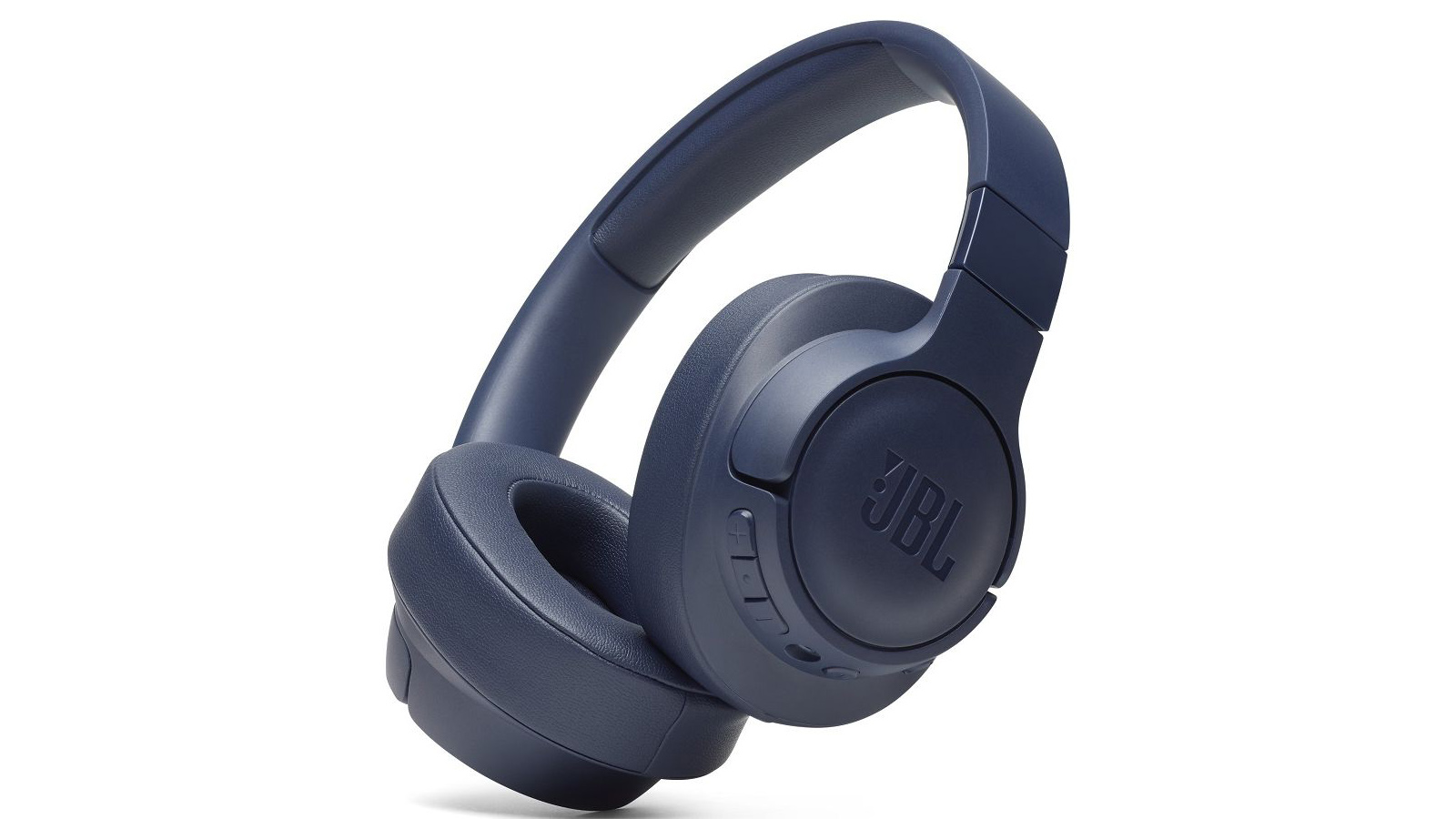
✅ Buy if you want serious bass: Bass-heavy sound might not be everyone's cup of Joe, but for those who like a bit of punch to their tunes should check these out.
❌ Avoid if you like more balance to your tunes: Treble lovers will find better options for their ears elsewhere - the bass here might be too much for some.
Audio rating: ★★★★
Comfort rating: ★★★★
Battery rating: ★★★★
Overall: ★★★★
When budget is tight, it’s easy to assume you won’t be able to get anywhere near the quality and features of the big names like Bose and Sony, but JBL is here to prove that theory wrong.
The JBL Tune 750BTNC headphones deliver impressive active noise cancelling and hands-free functionality for the price, but it’s the audio quality I'm most interested in here. Thankfully, that’s where JBL has invested most of its resources. There’s plenty of bass, but it’s not overwhelming and is balanced out by stunning clarity and openness at the mid to upper ranges.
For a pair of throw-and-go wireless headphones with audio to write home about, you can’t go far wrong.
Most durable headphones
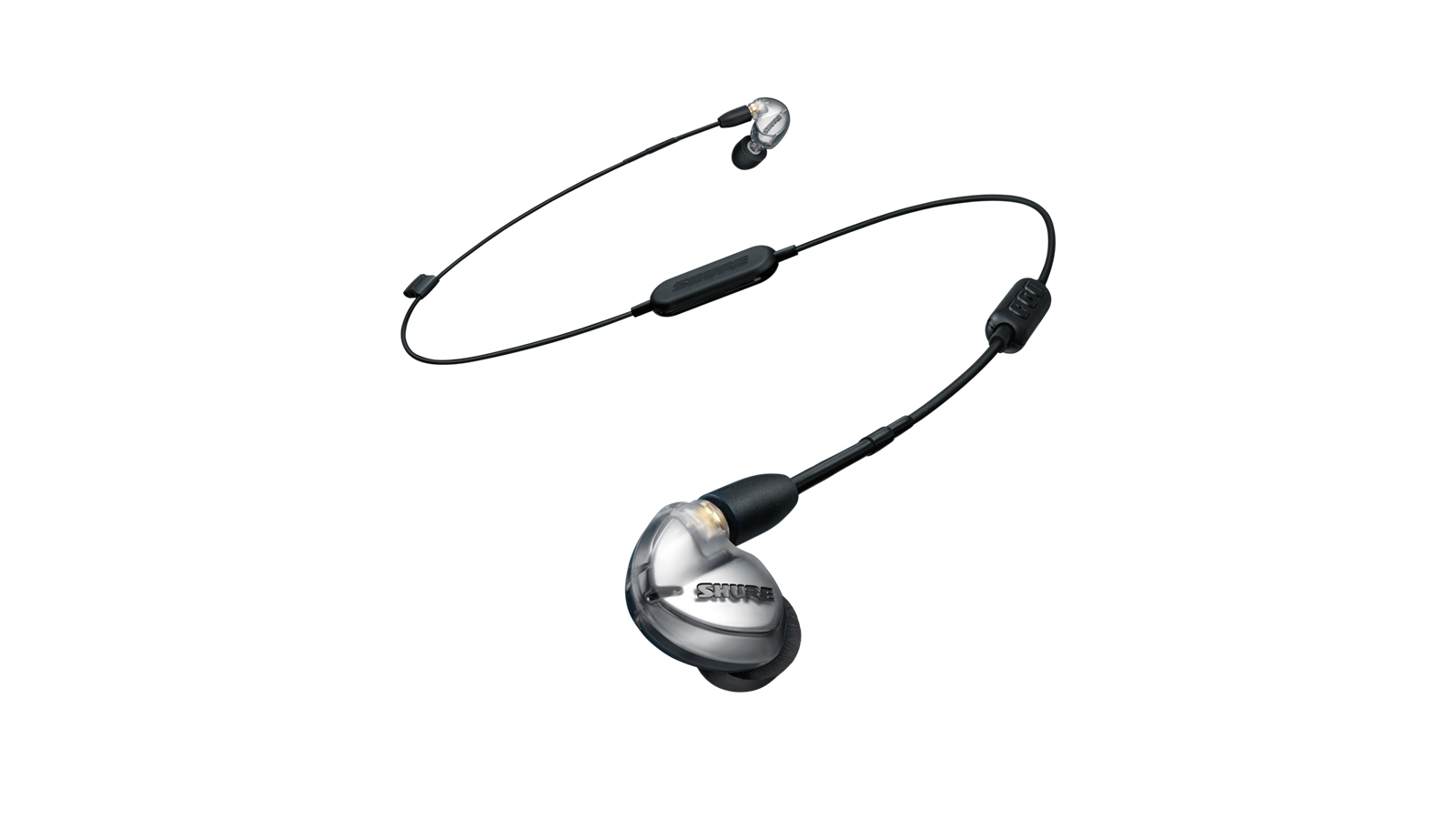
✅ Buy if you want a robust set of buds: The Shure SE425 are an excellent option if you're after in-ears that can be chucked in the bag after a gym/running session.
❌ Avoid if you you want features: These are great for active rockers, but if you want more detail, then look elsewhere.
Audio rating: ★★★½
Comfort rating: ★★★★
Battery rating: N/A
Overall: ★★★★
If a pair of headphones is good enough for Megadeth, it’s got to be good, right? Not that Dave Mustaine’s crew are the only musicians to use Shure headphones – it seems that practically every band in existence uses the company’s in-ear monitors when on stage.
There are two big reasons Shure’s earphones are so prevalent: they’re supremely tough and durable and they sound really neutral and authentic.
The SE425s are the highlight of the range, offering a supreme sound that, while a bit bass-light, is brilliantly detailed and textured through the midrange.
There are no frills here - no mic, no controls, certainly no Bluetooth - but that’s because they’re serious, pro monitors, and all the better for it.

"With their snug, sound-isolating fit and superior detail, the Shure SE425 Wired earbuds delivered a wholly immersive listening experience. If you can cope without ballsy bass and Bluetooth connectivity, they're well worth considering."
Read more: Shure SE425 review
FAQ

There’s a bundle of decisions to be made when choosing the best headphones for music. The right approach is to think about when and where you’re going to be doing most of your listening and what specific requirements you have. Let’s dig a little deeper.
What makes the best headphones for music?
There’s a bundle of decisions to be made when choosing the best headphones for music – and a fair few criteria to bear in mind besides. The first question you should be asking is ‘what do I want from my headphones?’
For instance, if you want a solid pair of headphones for improving your listening experience on your work commute, you’ll want a pair with active noise-cancelling (ANC) to help block out the outside world – whereas at-home listening might be better-served by a pair of open-back headphones that do nothing for sound isolation or noise-cancelling.
From a specification standpoint, there are various things you might look at to verify the performance of a given set of headphones – including frequency response graphs, which show you how balanced and responsive headphones are across the frequency spectrum. This is unavoidably subjective though; you might be after a very different sound profile to the next person. As a thrash fan, you might not have as much riding on bass response as a doom fan.
Comfort and fit also matter a huge amount when it comes to musical enjoyment. Our ears are all different, again, which makes recommending a specific set for their fit difficult. That said, there are some positive steps brands take to improve overall comfort, whether plusher earpads or clever earbud topography.
Ultimately and unsurprisingly, the trappings of a great set of headphones for music are to some extent subjective. Good sound is heard, not read about – so don’t be afraid to try a few pairs out before you find your personal fave!
How much should I spend on headphones?
Really, there’s no limit to how much you can spend on a pair of headphones. When it comes to audiophile headphones, that boast extreme fidelity and impeccable soundstaging, the sky can truly be the limit; luckily, there isn’t much point to spending more than £500 on a set of headphones unless you’ve the four-figure hi-fi system to pair them with.
As a rule of thumb, I'd suggest you budget somewhere in the region of $370/£280. A little lower and you’re comfortably in the upper echelons of the entry level, a highly competitive part of the market which, lucky for us, inspires manufacturers to cram a great deal of value into products priced here. A little higher, and you’re looking at the lower echelons of the audiophile level, with high build quality and pristine responsiveness.
The higher you go, the more your returns diminish as a consumer – particularly if you’re simply on the lookout for a solid-performing pair of daily drivers. Likewise, the lower you go, the more you find cut corners and lazy approaches to sound-sculpting. As such, it’s my advice that you land yourself somewhere in that £200-300/$250-350 for the best bang-for-buck investment.
Do I really need noise cancelling?
Active noise cancelling (ANC) is a clever piece of tech, and an absolute godsend in some intolerably noisy scenarios. It uses the principle of phase cancellation to neutralise the sound of the outside world in your headphones, creating a peaceful bubble in which you can properly hear the music you want to listen to. It’s useful, but is it necessary?
In my personal opinion, noise cancelling isn’t necessary. It’s a fun tool for productivity and for relaxation – and as a work-commuting music fan, you may find it essential. Some ANC-enabled headphones have nifty settings for changing or switching it off entirely; the Sony WH-1000XM5 allows you to briefly switch from ANC to ambient mode by placing your hand over the earcup, a great quality-of-life feature that improves its versatility. But if you’re listening in a variety of environments, other attributes may matter far more than whether or not ANC is an option.
Wired, passive headphones like the Sennheiser HD 505 have no active technology whatsoever, and are given entirely to providing high-fidelity sound. Indeed, the HD 505 benefits from the lack of hardware in the earcups, with an open-back design that dramatically improves its soundstage (albeit at the expense of sound leakage in both directions).
Whether you really need noise cancelling is a question of how loud your average listening environment is – and whether the benefits of better passive headphones outweigh the benefits of a quieter experience!
Are different headphones better for certain genres?
In a word, yes – different headphones are better suited for certain genres.
Certain designs carry inherent characteristics with respect to frequency response and sound ‘width’, with corresponding impacts – for better or worse – on your listening experience. Some headphones even make conscious decisions with genre in mind; Beats headphones infamously carry an idiosyncratic sound profile that favours Dre-produced hip-hop over all else, for one.
There’s a lot of subjectivity here, but let’s break some of the factors down – and look at what kind of headphones you’ll find on the market too. For starters, over-ear headphones come in two kinds: closed-back, and open-back. Closed-back headphones have completely enclosed earcups, which encompass the ear and seal it from the outside world; open-back headphones, conversely, allow air to pass through the earcup.
Closed-back headphones benefit from passive sound isolation, and can also enclose ANC technology to help things along – but that closed system allows bass to build up, and can hem in the soundstage. The result is big, deep sound that can sometimes get claustrophobic. In-ears and earbuds typically have similar attributes to closed-back headphones, plugging the ear from the outside world and synthetically boosting the bass you perceive.
Open-back headphones do not isolate your ear from the outside world, reducing the claustrophobic feel significantly. They also work to widen the stereo image you experience, giving you a soundstage more akin to being ‘in the room’ with your favourite artists. Bass is more defined but less present, by virtue of better dissipation – dissipation which ultimately means everyone else will hear what you’re listening to as well…
With this in mind, you may find you have more fun listening to AC/DC on closed-back headphones than open-back – but that open-backs are far more adept at serving you early Mogwai. Ultimately, though, your listening circumstances and environment matter just as much, if not more; if you do all of your listening at home and value outright sound quality, classic wired, open-backed on-ears would be the better option.
After all - prog, metal, punk, classic rock, alt, goth, industrial, jazz – all genres are produced by artists and engineers to be heard the best way possible. So open-backed headphones, or over-ears are going to deliver a more convincing, larger audio experience than most alternatives. But if you’re out in the world, need a little more separation from the world or want active features that give you more options, then closed-backs are the way to go.
Does Bluetooth affect high quality music listening?
Bluetooth wireless technology has historically caught flak as a music transmission medium, but the arguments against it are increasingly dated – particularly as newer Bluetooth codecs offer lossless audio fidelity, and become standard in most Bluetooth-enabled headphones for music.
This isn’t to say that Bluetooth couldn’t impact the quality of your listening experience. Some older codecs are lossy, and still present in cheaper headphones; look out for words like ‘aptX adaptive’, aptX HD’ and ‘lossless audio’; also, later Bluetooth versions (ideally v5.0 or higher) will generally be more battery-friendly and better for your listening experience!
What type of audio quality will headphones give?
If you’re buying headphones primarily for the best musical experience (and there are lots of other perfectly legitimate reasons to buy, including practicality and functionality) then you’ll want a pair to deliver smooth tonality and excellent detail. Look for Hi-Res Audio compatibility, and ideally best-in-class drivers.
Obviously, it’s difficult to assess how accurate headphones are when it comes to their performance, because you’ll not have been in the studio listening to the final cuts of your favourite tracks, but both these elements will confirm their musicality.
If you’re really serious about Hi-Fi, be prepared to upgrade your music system. To hear headphones at their most musical, you’ll want to couple them with a dedicated headphone amp which has the power to better drive your headphones.
How we test
When it comes to sheer musicality, headphones need to exhibit clarity and convey emotion, and we listen out for both when testing. Can we feel the grit in AC/DC vocalist Brian Johnson in For Those About To Rock or clinically dissect Eddie Van Halen’s epic guitar solo on Eruption? The closer the headphones get us to the artist, the more likely we are to raise our thumbs and throw some horns.
We know from experience that getting bass right is also tricky. All too often low frequencies can sound overblown and baggy (some brands even make a virtue of this). Good bass, particularly with metal and prog, should sound tight and clean. The quality and size of drivers is key here. We run through a number of playlists, covering everything from Rush to Rammstein.
We also test for comfort. How tightly do headphones clamp, how much padding is in the headband? The ear cups, be they on- or over-ears, should isolate your tunes from background hubbub without getting overly warm.
Often, audiophile headphones are wired, so battery life and Active Noise Cancelling are not an issue, but performance-led Bluetooth headphones are always judged on their overall battery stamina and codec support.
We also test headphones by using them out and about in city environments or in the confines of our homes - not in studios, unless a pair are specifically suited for an enclosed recording space. We do this because we think this will give you a better feel for how they perform in the real world. After all, that's how we use headphones when not working, and we don't want to give you false information about how the product sounds during daily life.
Why you can trust us
⚡ Louder was established in 2017 and founded on long-running brands including Metal Hammer, Classic Rock and Prog (launched in 1986, 1998 and 2009 respectively)
⚡ Over 80,000 products reviewed on site, from music listening tech to albums and box sets
⚡ Our reviewers are all passionate music fans who draw on decades of testing experience
Louder’s reviewing team consists of music fans, musicians and professional product testers, who between them have accumulated decades of product reviewing experience, writing thousands of words on music listening gear across thousands of reviews on Louder. Our tests also inform our buyer's guide - just like this one.
As lifelong music fans, we're serious about the tech we listen to our favourite artists on. We want them to sound incredible, giving us all the detail those bands intended us to hear, and deliver the perfect balance of bass, mids and highs. We're looking for pure immersion in our chosen sounds, whether it's a classic '70s rock album, or a cutting-edge noise band.
And we test the best headphones for music with albums we know inside and out, and that we've listened to on a variety of systems already, so we know exactly what we should be hearing and when we're being short-changed by lackluster audio.
Meet the experts

Tom is a music and film fan who's been testing audio kit of all varieties for over 15 years - from turntables and headphones, to speakers and TVs - most of those at What Hi-Fi? where he is currently TV and AV Editor. Before What Hi-Fi?, Tom worked as Reviews Editor and then Deputy Editor at Stuff, and over the years has had his work featured in publications including T3 and The Telegraph, plus appeared on BBC News, BBC World Service, BBC Radio 4 and Sky Swipe to talk tech. He also loves rock and metal and is a particularly big fan of Coheed and Cambria.

James Grimshaw is a freelance writer and music obsessive with over a decade in music and audio writing. They’ve lent their audio-tech opinions (amongst others) to the likes of Guitar World, MusicRadar and the London Evening Standard – before which, they covered everything music and Leeds through their section-editorship of national e-magazine The State Of The Arts. When they aren’t blasting esoteric noise-rock around the house, they’re playing out with esoteric noise-rock bands in DIY venues across the country; James will evangelise to you about Tera Melos until the sun comes up.

Scott has spent 36 years in newspapers, magazines and online as an editor, production editor, sub-editor, designer, writer and reviewer. Scott maintains Louder’s buyer’s guides, writes about the best deals for music fans, keeps on top of the latest tech releases and reviews headphones, speakers, earplugs and more for Louder. Over the last 11 years, Scott has written more than 11,000 articles across Louder, Classic Rock, Metal Hammer and Prog.

Chris Barnes is the eCommerce Editor for Guitar World, MusicRadar and Louder, and is also a drummer. With the sound of crash cymbals permanently ringing in his ears after 20+ years of playing, and with 26 years of attending and playing live gigs under his belt, he knows the importance of quality ear protection and has used everything from free foam earplugs to custom moulded in-ear monitors.
Latest updates
Recent updates
03/04/25: The guide has been updated to include the Sennheiser HD 505, Meze Audio 99 Classics and Sennheiser Momentum True Wireless 4. Expert verdict boxes have been added where applicable, and star ratings are also now included for each product in the list. The FAQ section has been expanded, a new "meet our experts" section has been added, along with details about why you can trust the Louder team's choices.
Read more
You can trust Louder Our experienced team has worked for some of the biggest brands in music. From testing headphones to reviewing albums, our experts aim to create reviews you can trust. Find out more about how we review.
- The best budget wireless headphones
- Best headphones for music: supercharge your listening
- The best kid's headphones: Headphones that are great for children
- Loudest headphones: You want volume and lots of it? You got it
- How to clean your headphones
